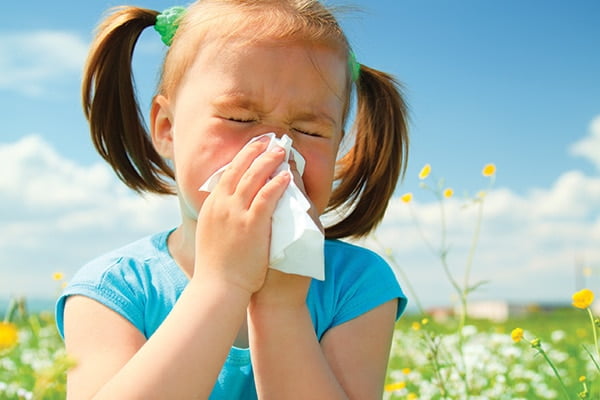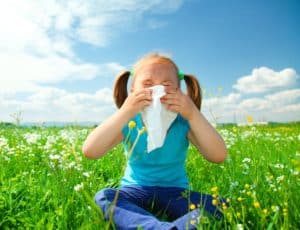Seasonal Allergies Treated at KidsStreet Urgent Care
Seasonal allergies are a pain in the nose. Don’t suffer from pollen. Come see the friendly staff at KidStreet Urgent Care today!
Ah, spring. The perfect time to get outside for long walks in the neighborhood, hikes in the hills, and springtime gardening.
But that “ah” can quickly become “ah-choo” if you’re one of the 36 million Americans with seasonal allergy problems. The runny nose, itchy eyes, and congestion — all typical spring allergy symptoms — can slow you down and make you miserable.
While there have been no dramatic advances recently in allergy treatment, experts say if you are allergy-prone, you can take a number of steps to minimize the misery.
1. Know Your Allergy Triggers
Triggers, or allergens, can vary by region of the country, but two main culprits are to blame for many spring seasonal allergy problems, experts say.
- Ragweed and other weed pollens. Ragweed is a stubborn plant and grows easily in fields, along roadsides, and in vacant lots. A plant can produce a billion pollen grains in a season, and the grains can travel up to 400 miles because they are so lightweight.
- Molds. Outdoor molds grow in heavy vegetation, hay and straw, and are found in old mulch. Outdoor molds increase after rain, too.
Predicting how bad an allergy season will be is an inexact science, but there are some general links with weather, says Gary Rachelefsky, MD, a staff allergist at Santa Monica-UCLA Medical Center and Orthopaedic Hospital. “Usually when there is more rain, there is more pollen,” he says. Outdoor mold can increase, too, with more moisture. So if you live in an area struck by flooding or heavy rains in the spring or summer, you can probably expect a worse-than-usual allergy season.


